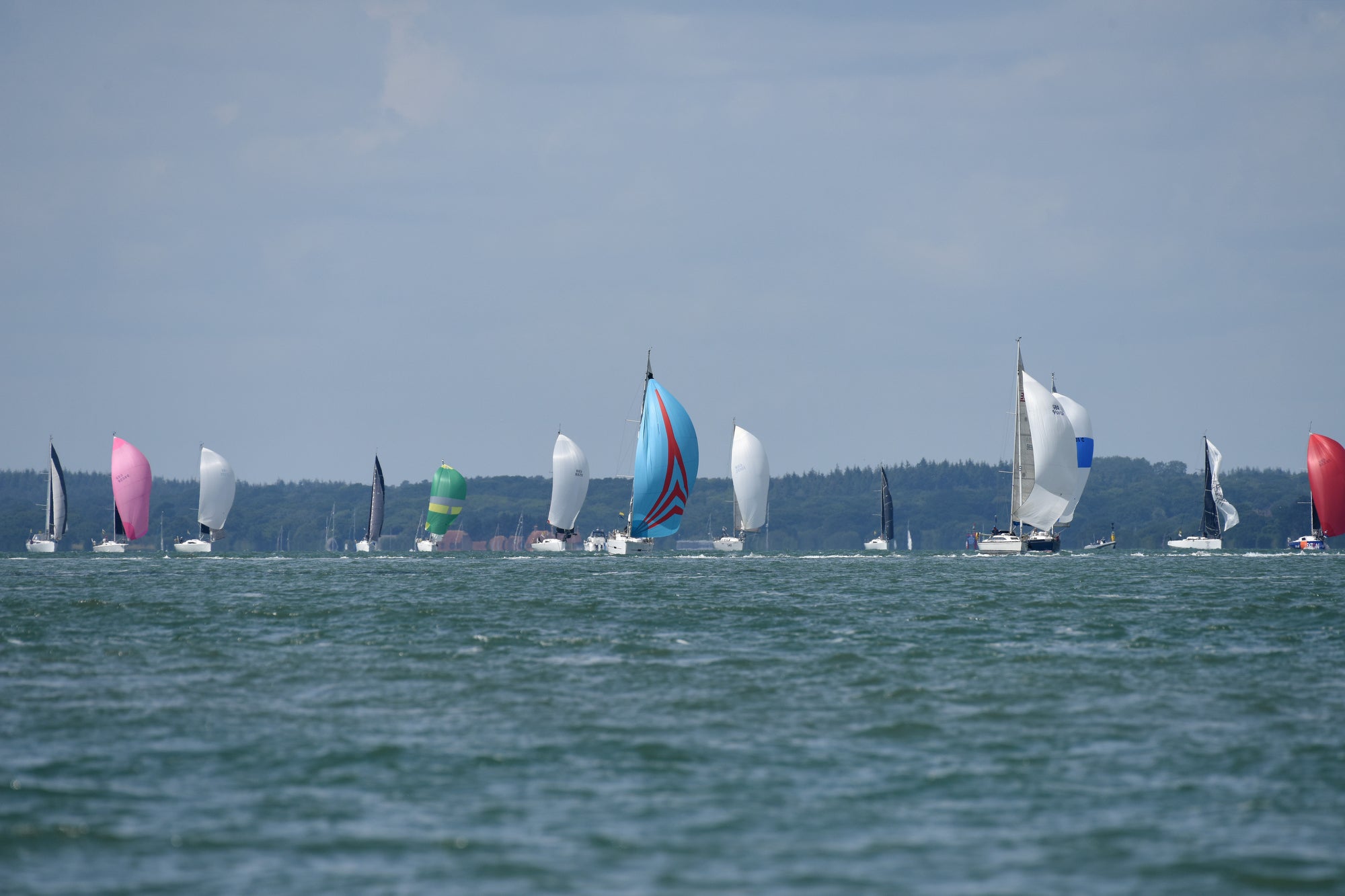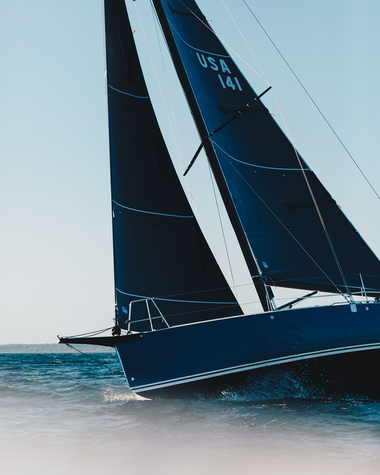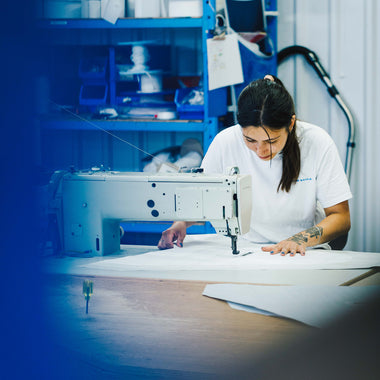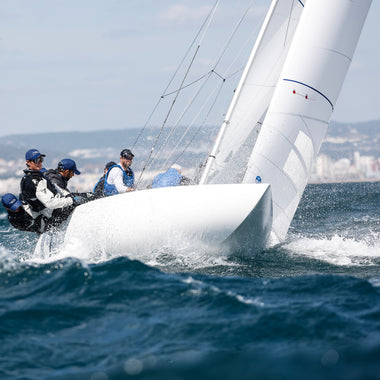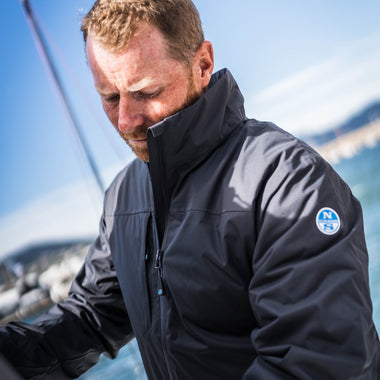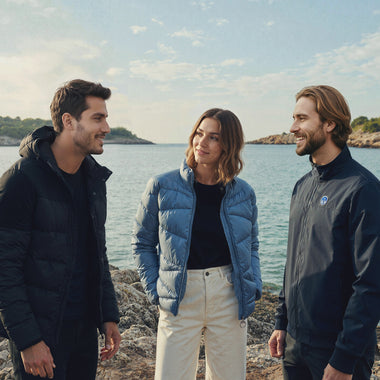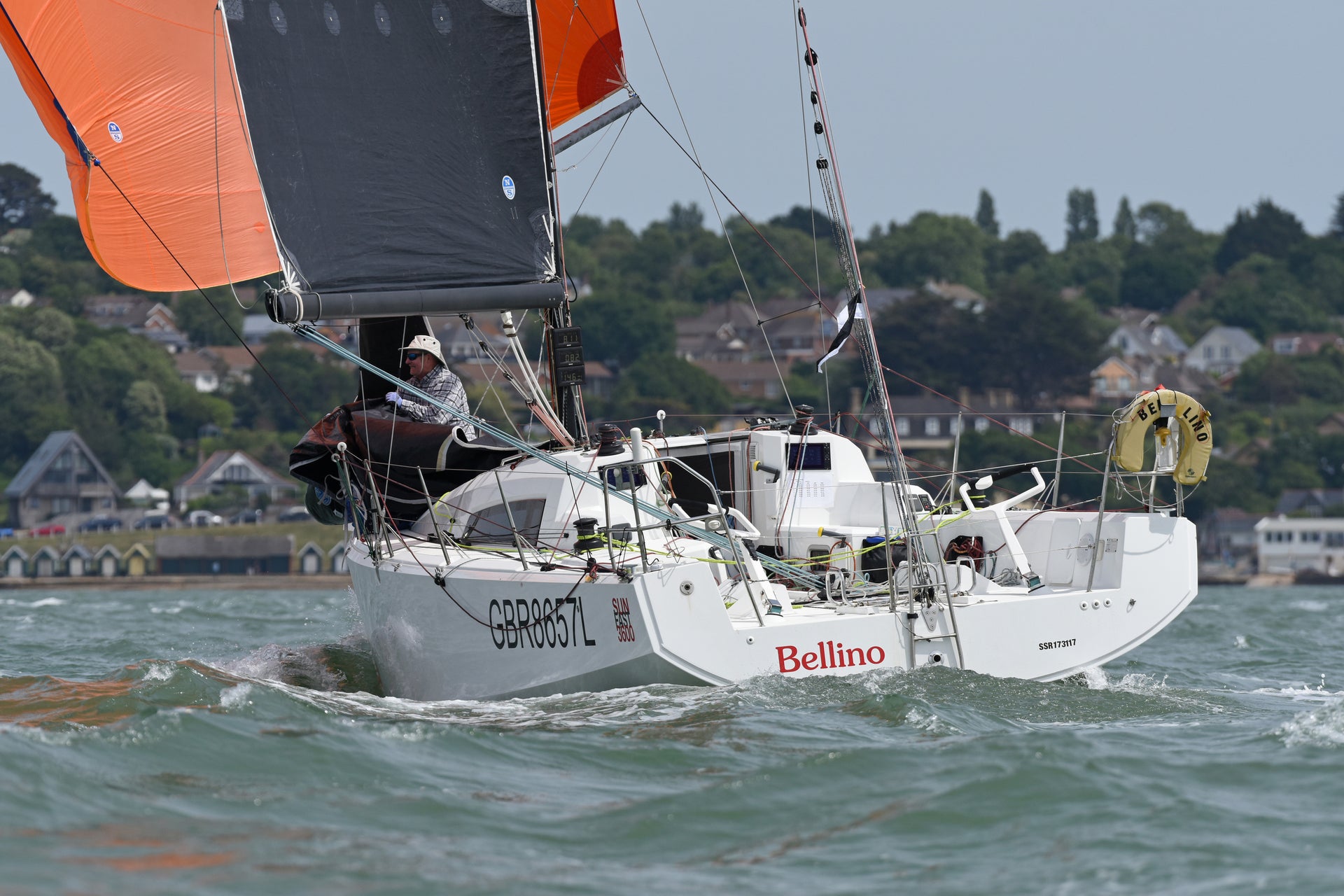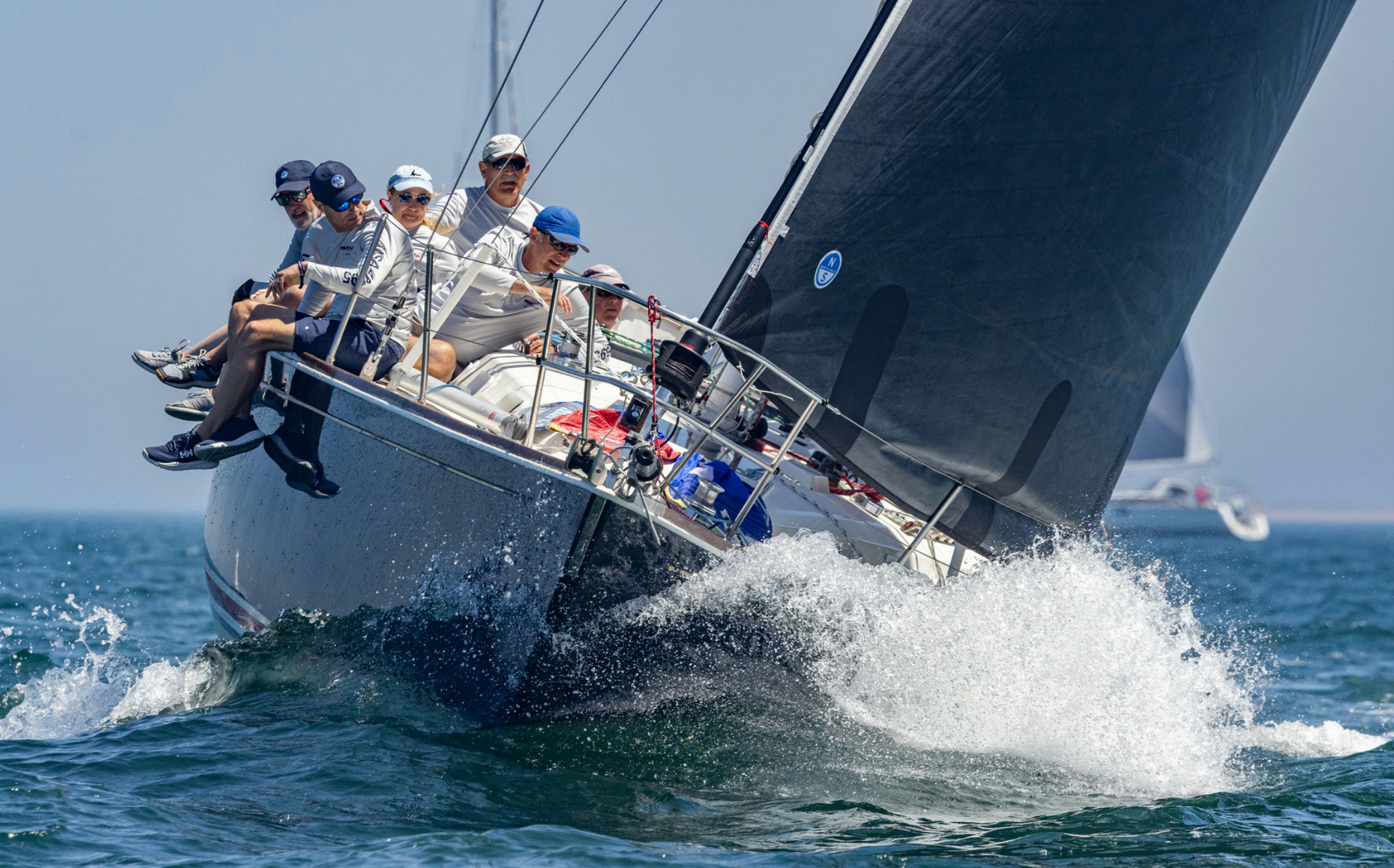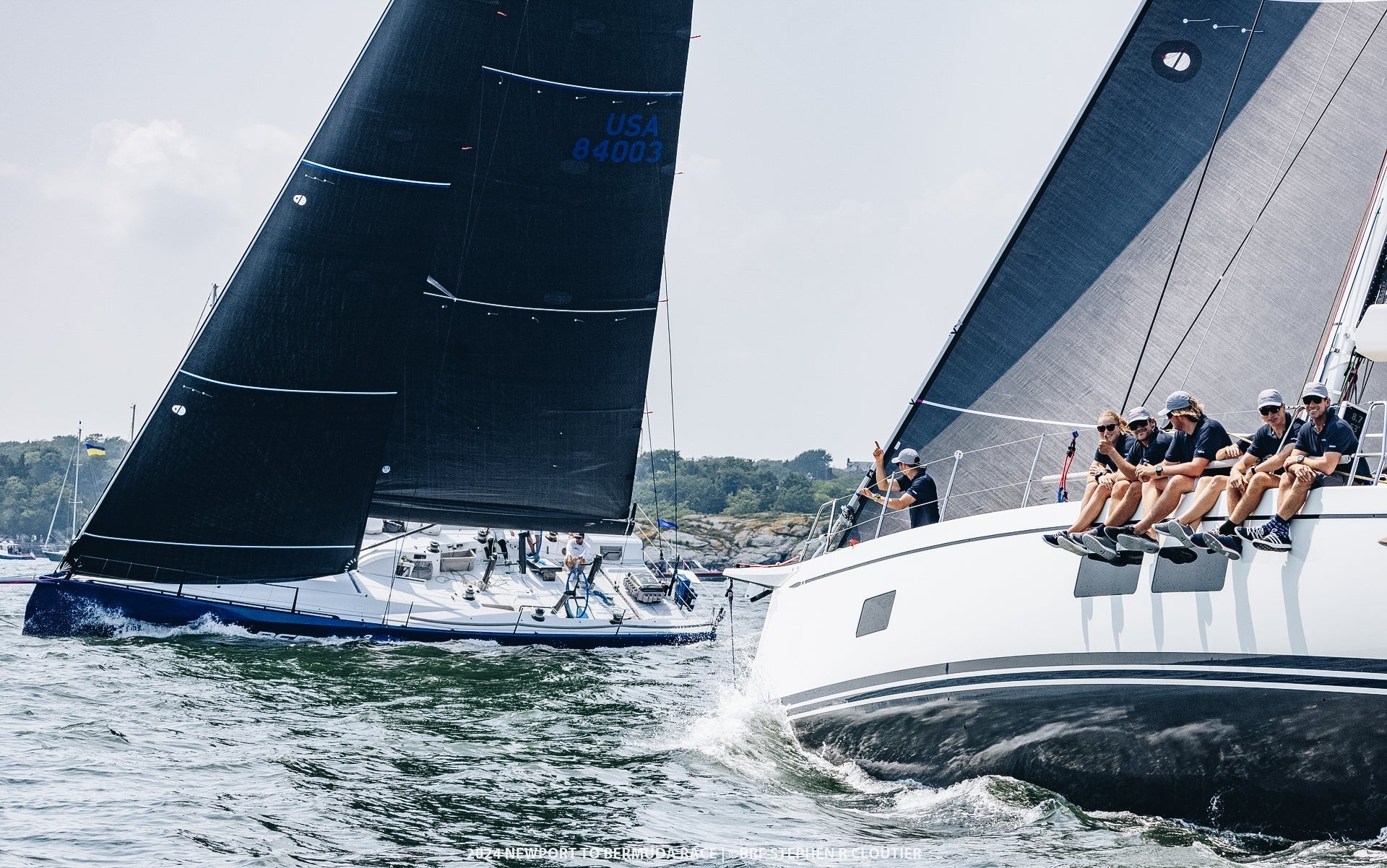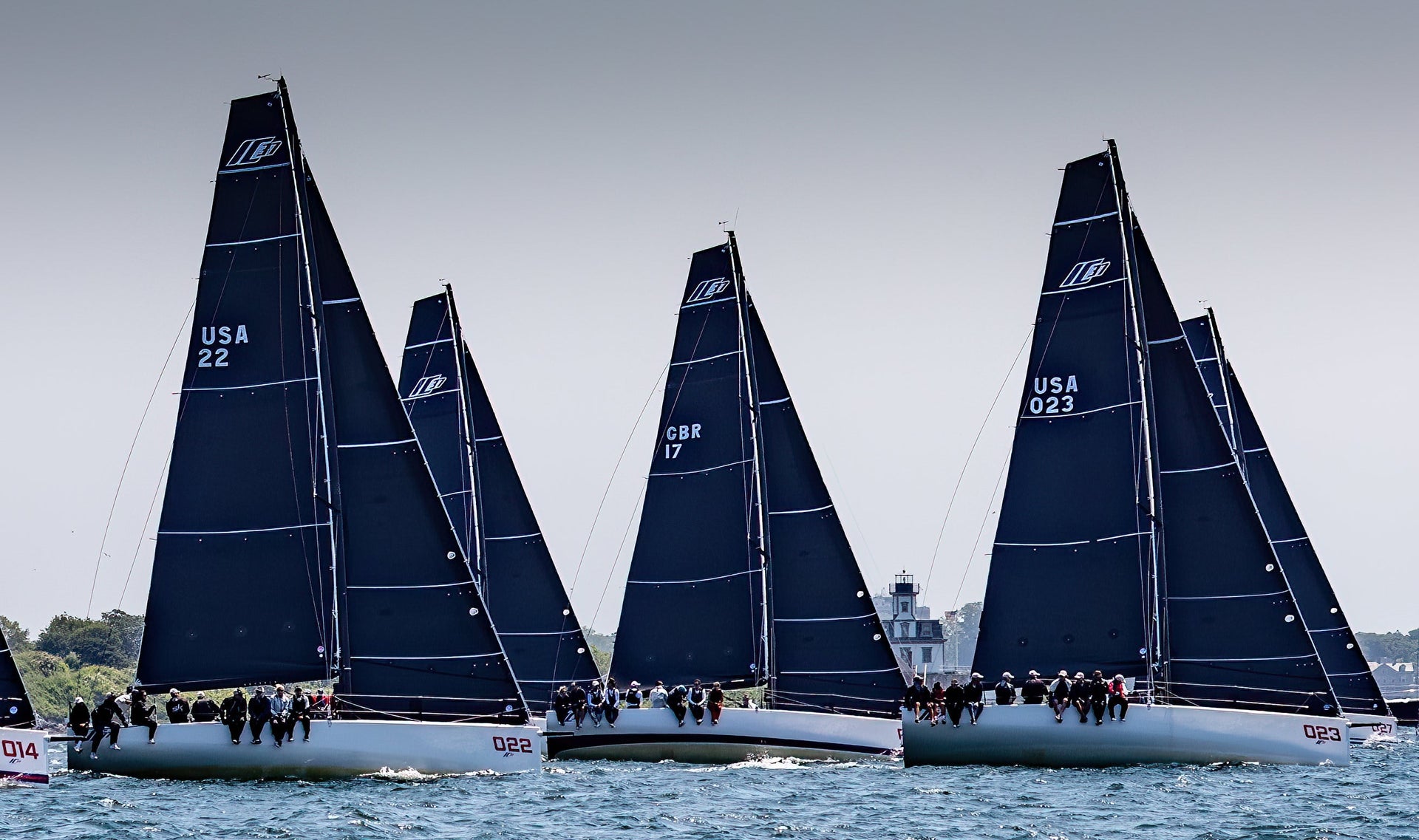SHORTHAND SAILORS TAKE OVER THE SOLENT
SHORTHAND SAILORS TAKE OVER THE SOLENT
SORC Kicks Off with the Covid Shakedown Regatta
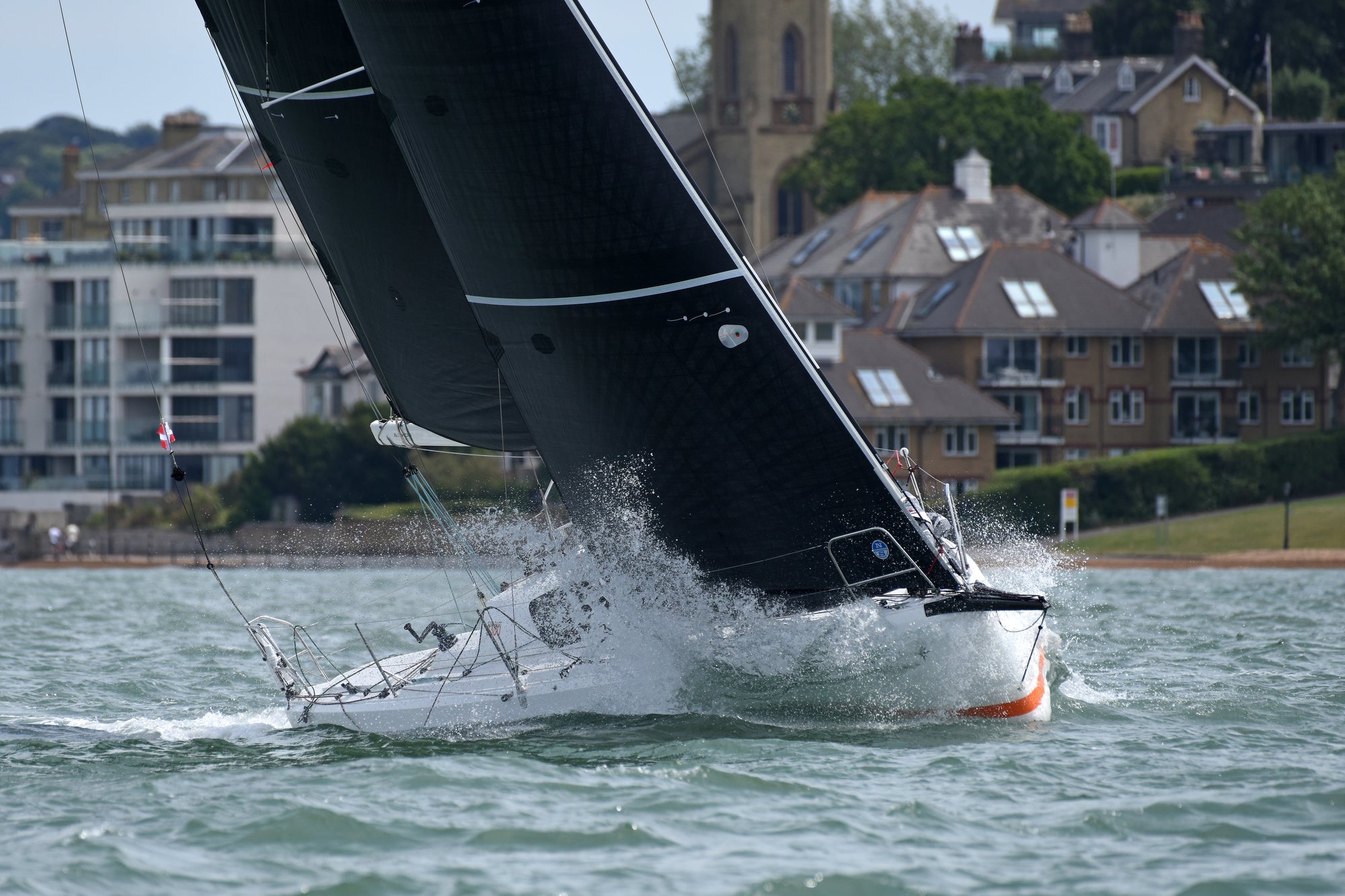
Single and doublehanded sailors took to the water for the first time in months last weekend for the Solent Shakedown Race organized by the Solo Offshore Racing Club.
36 participants took to the Solent, welcomed by warm weather and a building sea breeze. Every sailor was happy to finally get out on the water to enjoy the sport they love.
With North clients claiming the top seven places in Class 1 Solo IRC, it was Richard Palmer’s JPK 1010 Jangada who took the overall win, made even sweeter as it was the boat’s first outing since returning from the Caribbean at the end of May. We spoke with Palmer to find out how it felt to return to racing on home waters:
“With winds building from 8 to 14 knots throughout the day, the conditions were ideal for checking the rig set-up. Starting with the J1.5 and staying in the tide off Gurnard, I had slightly over-stood the first layline, which actually put me in a position to control the fleet. I used the S2 to the next mark, soaking low to avoid having to jibe. I then took the call to hold onto the J1.5 in the building breeze, twisting the leech open slightly to help me depower. Despite many thousands of miles, my North sails are holding up well and I am still competitive. I am very pleased with the results.’’
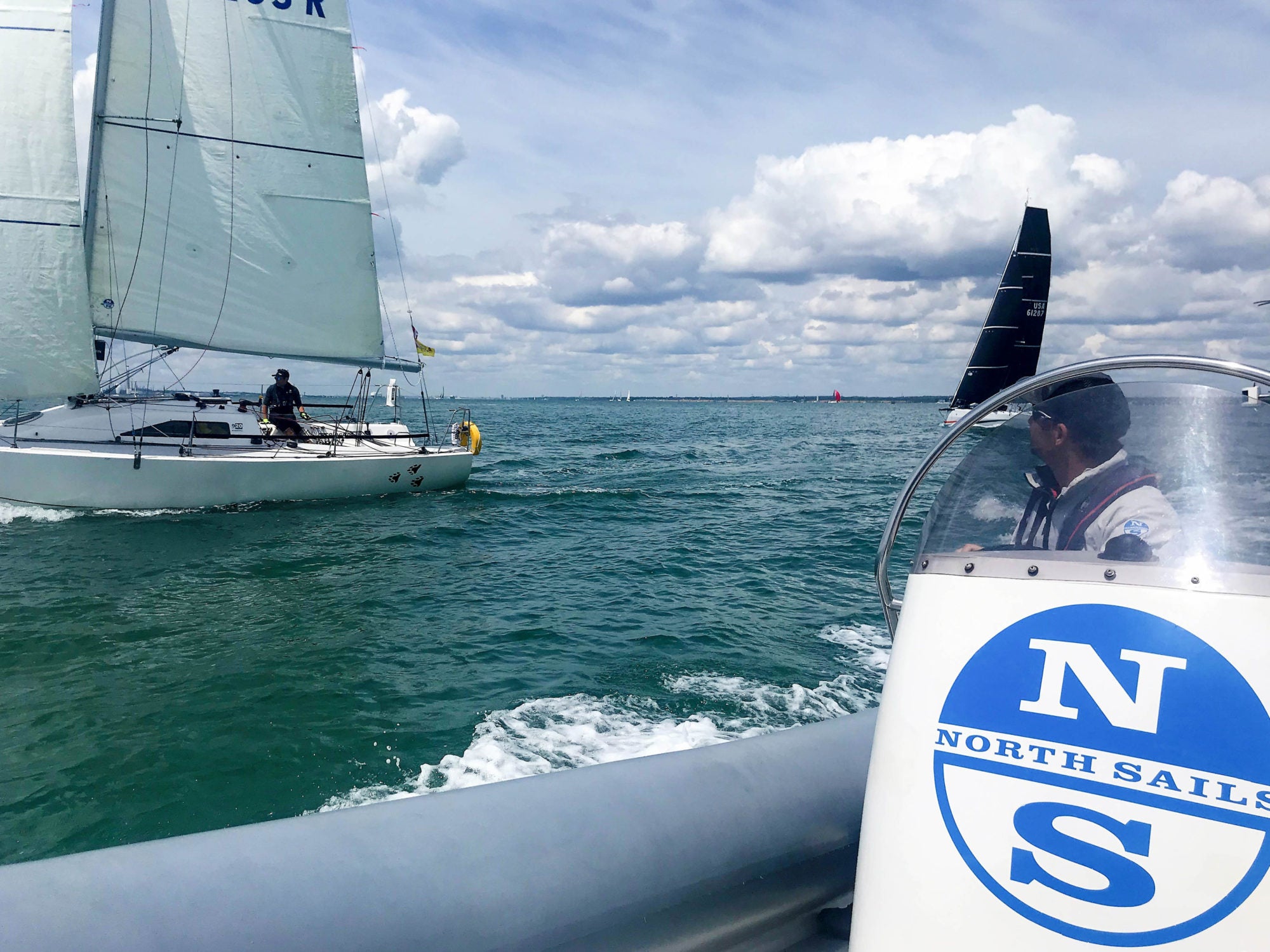
North expert Ronan Grealish was on the water in the North Sails RIB, offering coaching, sail trim tips, and support to all. Based on our experience last weekend, we’ve come up with three key tips for shorthanded sailing:
Sail Trim:
Optimize your sail controls so you can control the mainsail and headsail from the same position. Cross sheeting the headsails is a good option to allow both sails to be trimmed from the windward side. It is important to have your sheets marked for average upwind trim so you can quickly pull them to the mark before fine-tuning once settled on your new tack.
Planning Ahead:
Thinking two steps ahead will mean you are always ready and anticipating the next manoeuver, reducing the likelihood of sailing past a turning mark. Sailing the shortest distance will pay more than keeping the sail up until the last moment.
Having an Autopilot:
A good autopilot is crucial, allowing you to concentrate on sail trim which powers the boat and gives you the best speed. Keeping your head out of the boat to look for changing conditions and tactical decisions will pay dividends when paired with effective sail trimming.
Did you miss our doublehanded webinar with renowned offshore sailor Armel Le Cléac’h and phenom Clarisse sur l’Atlantique? The duo joined North Sails President Ken Read for an inside look into the trials of doublehanded sailing and the grit it takes to race shorthanded. Watch here.


